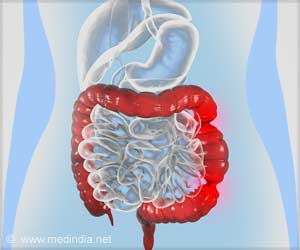A bacterial protein called SopB plays a very important role in letting the deadly bacterium Salmonella enterica invade cells lining the intestine.
A bacterial protein called SopB plays a very important role in letting the deadly bacterium Salmonella enterica invade cells lining the intestine, and also hijack cellular functions to avoid destruction, according to a new study.
Yale researchers have said that the discovery of this crafty protein may shed new light on the lethal tricks of Salmonella."In evolutionary terms, this hijacking of cellular machinery to diversify the function of a bacterial protein is mind boggling," said Jorge Galan, senior author of the paper and the Lucille P. Markey Professor of Microbial Pathogenesis and Cell Biology and chair of microbial pathogenesis at Yale.
Salmonella makes use of its own specialized "nano-syringe" called a type III secretion system to take control of cells lining the intestinal track, which in turn causes the disease.
By using this structure, Salmonella injects bacterial proteins that mimic proteins of the host cell and help the pathogen avoid destruction.
In the new study, the researchers have described how SopB plays an important role in both Salmonella's forced entry into the cell and its subsequent internal camouflage act.
The researchers revealed that SopB, at first, works within the external membrane of the cell, called the plasma membrane, to coax the cell into taking in the pathogen, which is then encapsulated within a tiny bubble-like compartment called a vesicle.
Advertisement
"These studies provide a unique insight into the mechanisms by which this important pathogen causes disease. In addition, this finding may point to a novel paradigm that may be applicable to other important pathogens," said Galan.
Advertisement
Source-ANI
SRM










